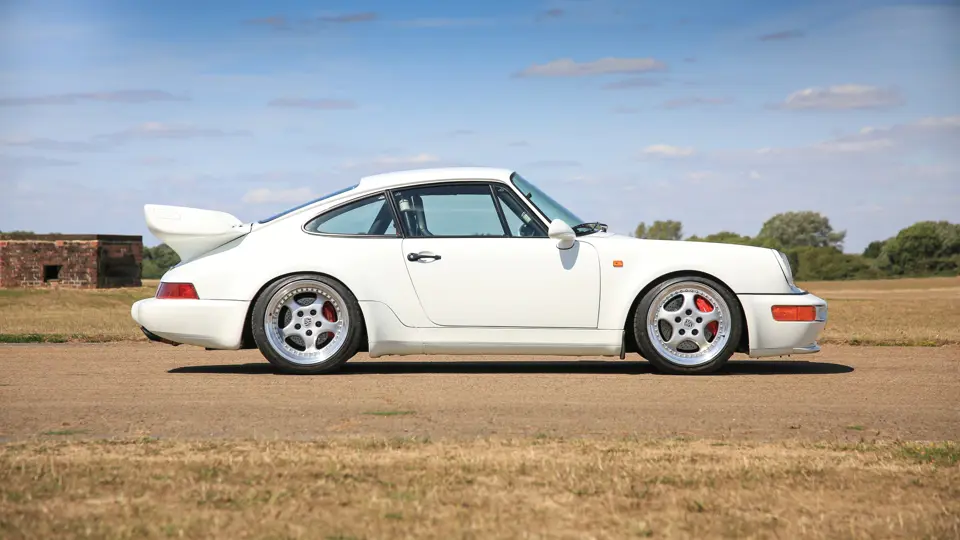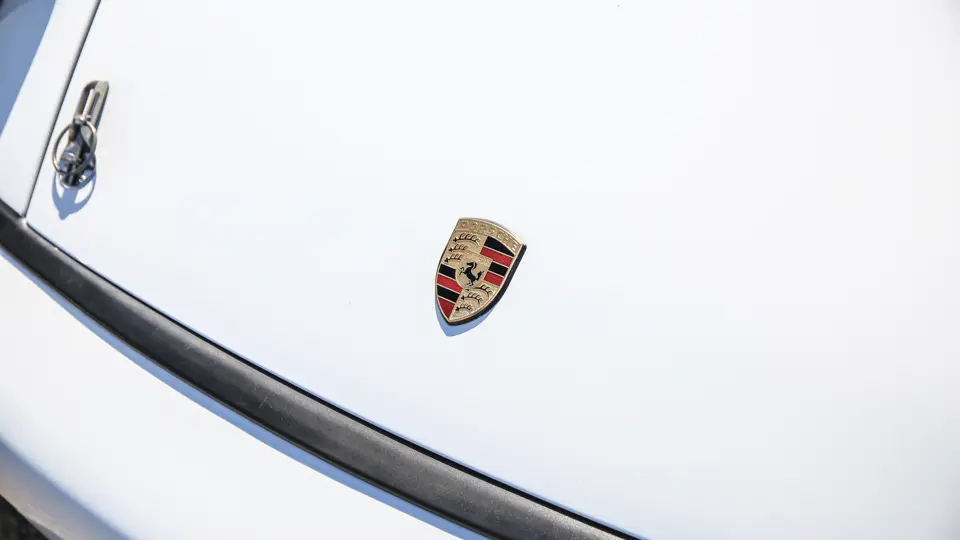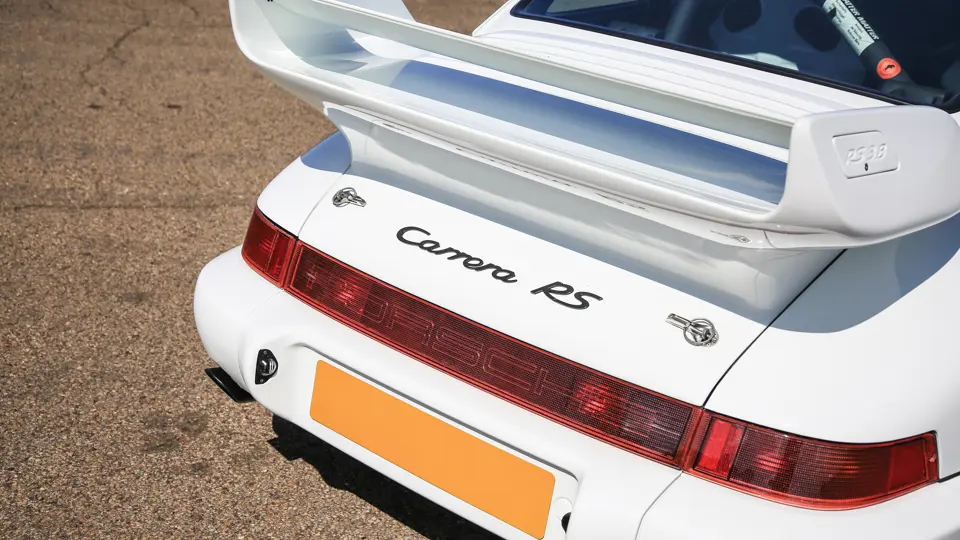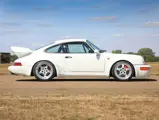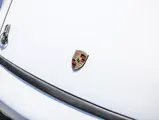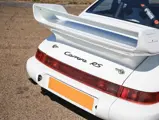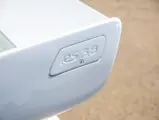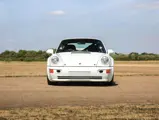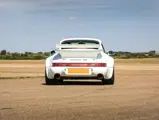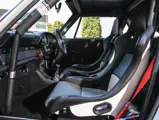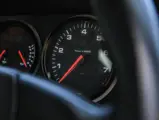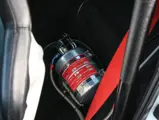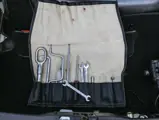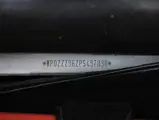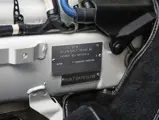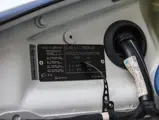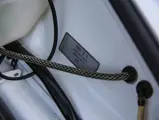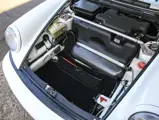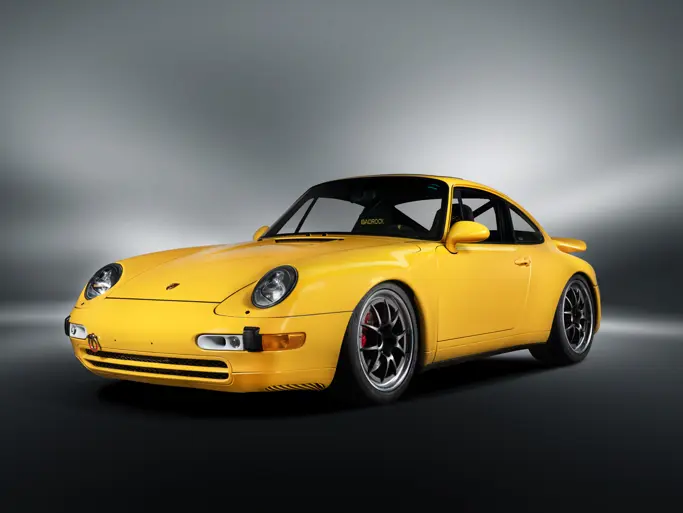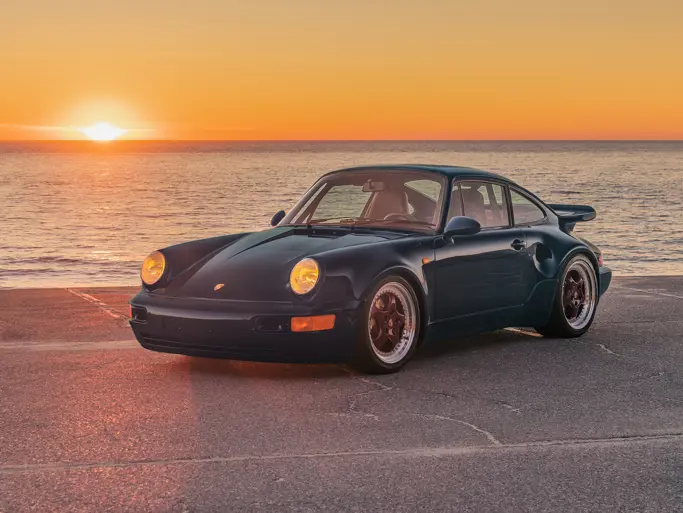Light and powerful, the RS 3.8 is among the most desirable of Porsche’s 964-era road machines. While the wide-bodied 1993–1994 RS 3.8 resembled its sibling 964 Turbo, it is readily identifiable by its larger fixed bi-plane fiberglass rear wing with the ‘3.8’ logo embossed on its side plates.
Porsche claimed that its Type 964 platform, unveiled in January of 1989, was more than 85% new. The 964 was a bit stubbier in appearance, with both its nose and tail sheathed in new, smooth thermoplastic bumper covers that hid its impact bumper systems. While instantly recognizable as a 911, the 964 floor pan was designed to accommodate a new all-wheel-drive system developed for Porsche’s first supercar, the other-worldly Gruppe B – later known as the Type 959 and 961. The 964 with this system would be called the Carrera 4, which was followed a few months later by the rear-drive Carrera 2. It was this version upon which Porsche created its higher-performance and racing derivatives. The first of that line was the RS 3.6 of 1992, which was powered by a warmed-up version of the normally aspirated 3.6-litre engine. Porsche then offered the brilliant Carrera RS 3.8 for model years 1993–1994, offering a normally aspirated, fuel-injected 300 bhp engine and uprated five-speed manual transaxle.
Porsche had already enjoyed success with its single-model 944 Cup racing series, and as Jürgen Barth, head of Porsche’s Customer Sport Department, noted, the 964 could also serve as the basis of a new ‘spec-class’ series that would meet the FIA’s Group ‘N’ regulations for larger, series-production touring cars and GTs. These were known as 964 Carrera Cup cars, and they quickly became very sought after. The Cup cars served as the homologation basis that legalized the 3.8 RSR for international competition.
The RSR 3.8’s front lid and doors were of aluminium alloy rather than steel as on the production 964. The door and rear quarter windows were thinner and lighter, following the practice established by the 1973 Carrera RS 2.7 lightweights. There was no sound insulation or undercoating, thinner and lighter carpeting replaced the 964’s standard plush fare, the rear seats were removed, along with most other comfort and convenience items such as the power door locks, air-conditioning and electric windows. The 964’s power-adjustable seats were replaced by hard-shelled racing buckets. The door cards subscribed to the lightweight RS 2.7 and 3.0 theme, with simple strap pulls and no armrests. There was a transverse suspension brace in the front trunk. However, while weight reduction remained a primary concern, there were some RS 3.8 buyers who wanted a vehicle that could be road-driven with a measure of comfort, so they opted to retain certain features.
Finished in Grand Prix White (P5P5) with a black and grey (YY) leather interior, this RS 3.8 strassenwagen was heavily optioned from the factory. Its build sheet includes M491 Turbo-look bodywork, a five-speed transmission, a 40/40 limited-slip differential, power-assisted steering, a leather-wrapped sport steering wheel without airbags, a 92-litre fuel tank (the normal 964 petrol tank held 77 litres), driver and passenger sport seats with their hard-back shells painted body colour, a set of 18” Speedline three-piece polished alloy modular Carrera Cup wheels with anti-theft locks, controls labelled in English and H4 headlamps for left-side-of-the-road-British traffic.
Of the 55 3.8 RS’ constructed, just three, including 7098, the beautiful example offered here, were outfitted to RHD specifications for ‘C16’, or England/Australia. This car was ordered through Porsche Customer Racing Service in Weissach by its first owner, Australian exotic car collector and restaurant chain owner Barry Fitzgerald. Upon completion on 16 September 1993, it was shipped to Mr Fitzgerald and checked over at Porsche’s Australian distributor, Hamilton Pty., Ltd. Mr Fitzgerald clearly enjoyed his RS on the road, and had it serviced regularly at Porsche Centres as attested to by regular stamped entries in its maintenance booklet. In December of 2005, with some 17,000 km on the clock, he offered it for sale. Two additional Australian owners would enjoy and maintain the car, but only add a few more miles. In 2015, it was exported to England, and today, its odometer shows fewer than 20,000 km from new.
Fitted with a Matter alloy rollbar and racing harnesses, this magnificent 964 RS 3.8 presents in lovely condition. Its interior and engine bay have been carefully detailed and appear as new. It is supplied with a folio of original documents and receipts and factory correspondence, original manuals, a correct spare wheel, compressor, jack and tool roll. This RS 3.8 represents an opportunity to acquire one of the rarest right-hand-drive Porsches ever built.


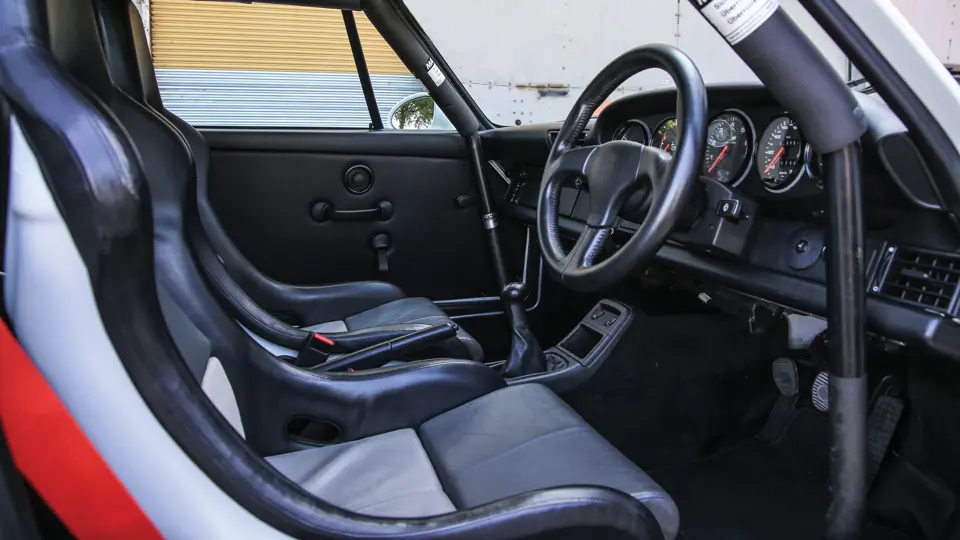

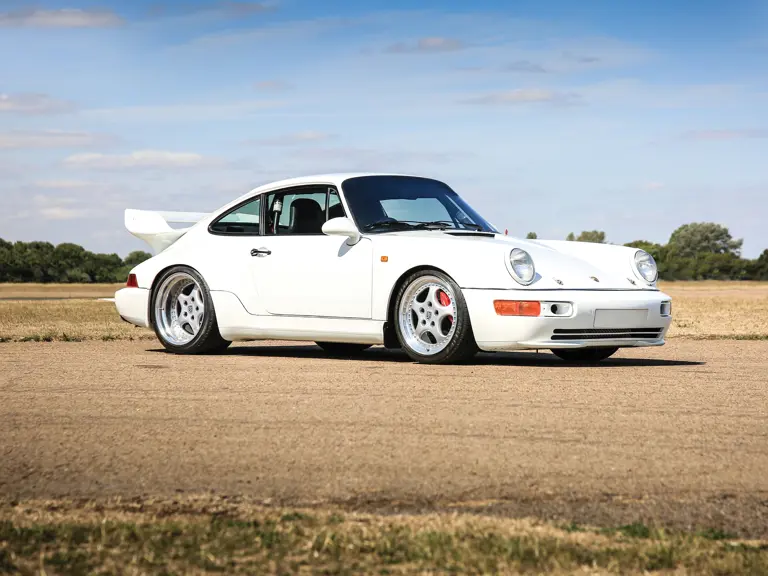
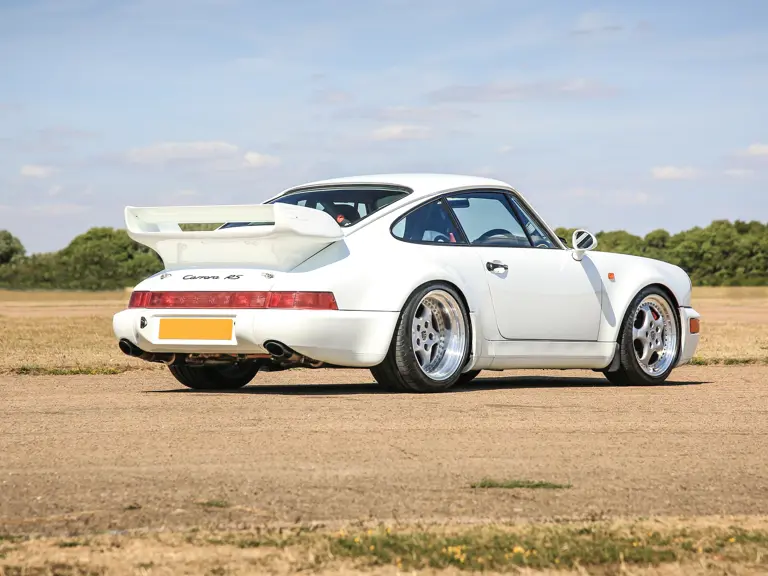
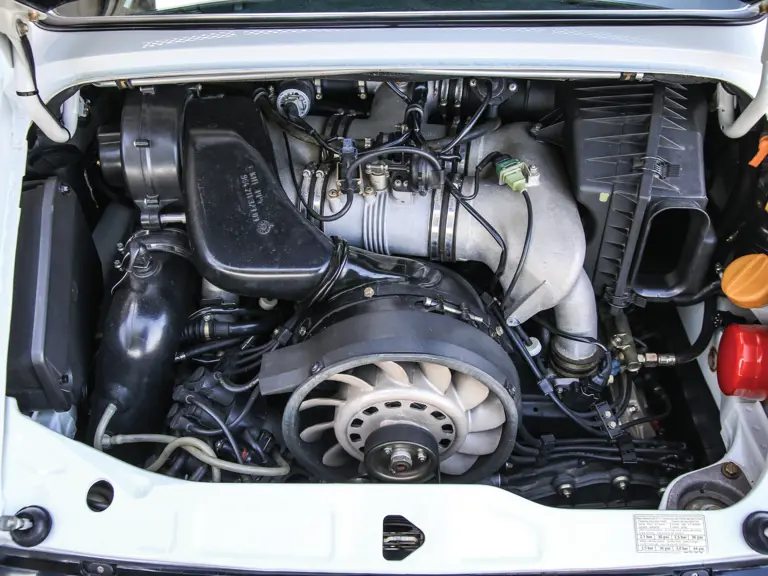
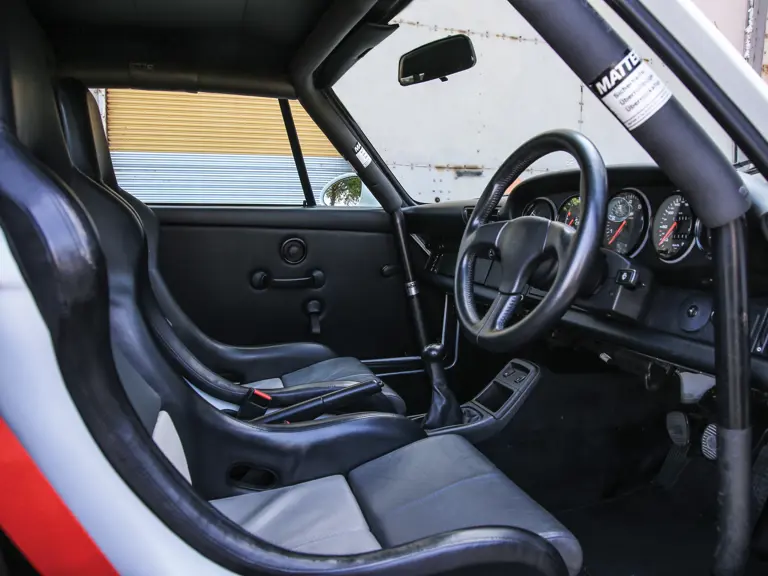
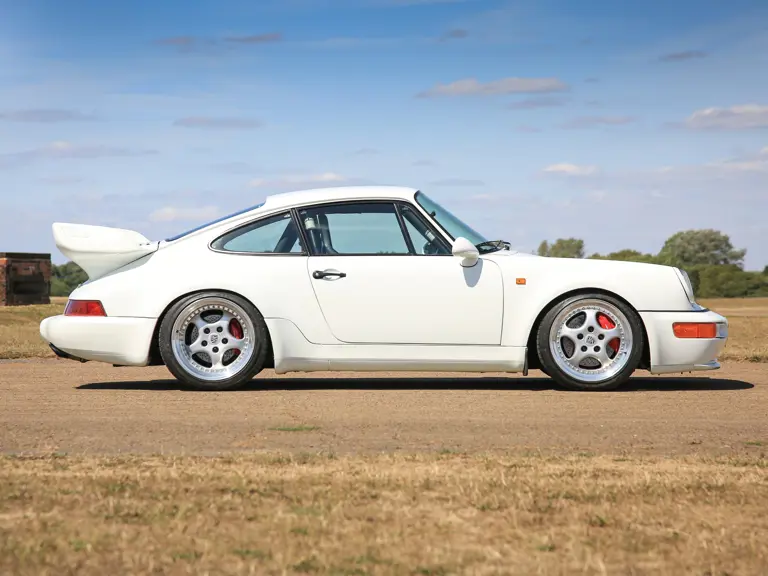
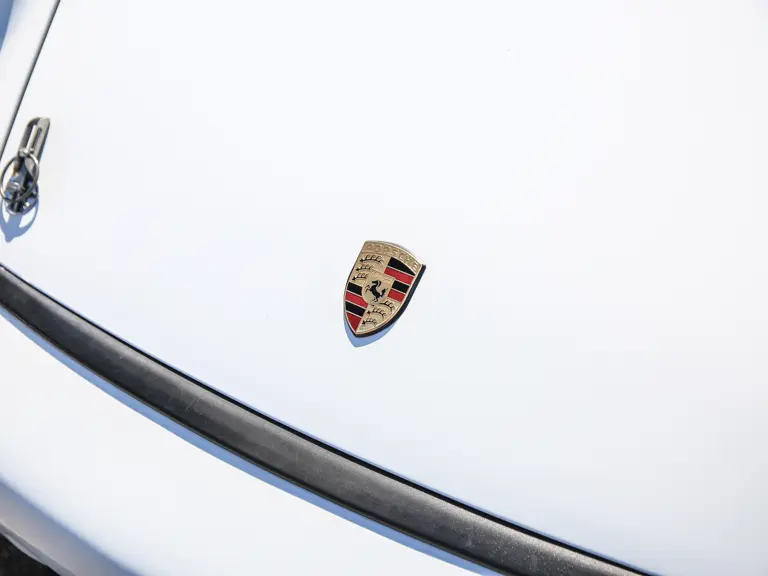
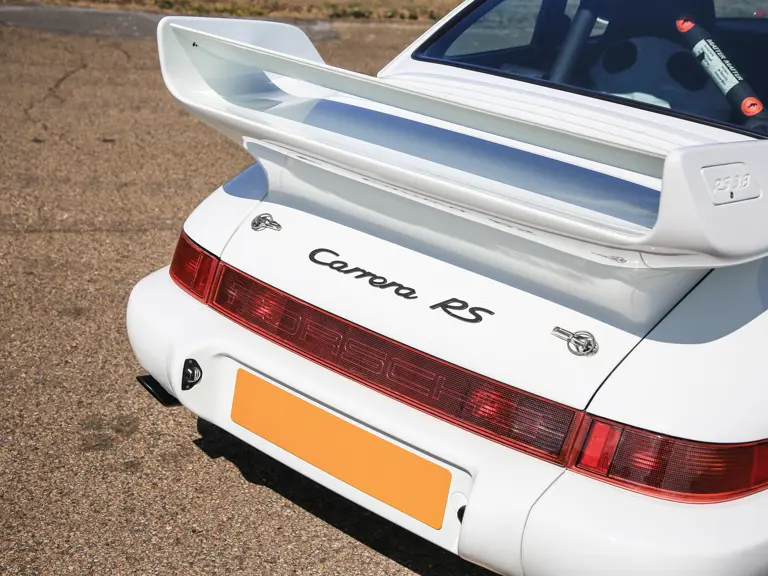
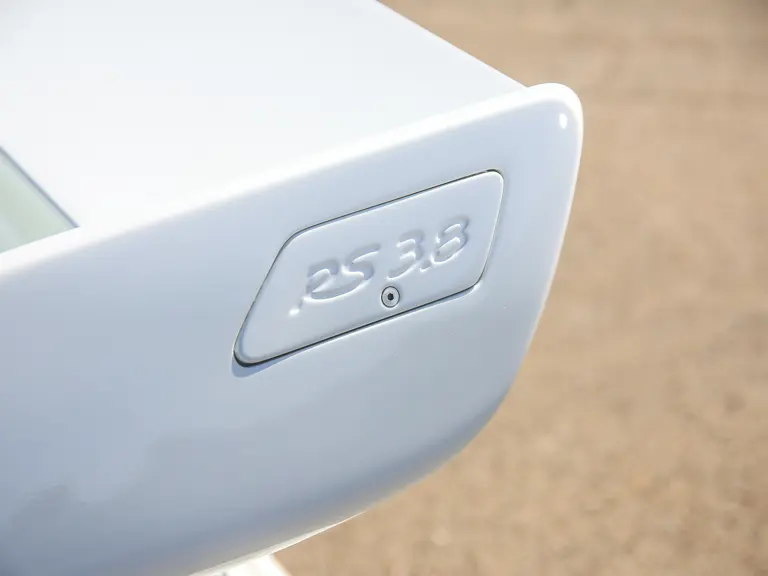
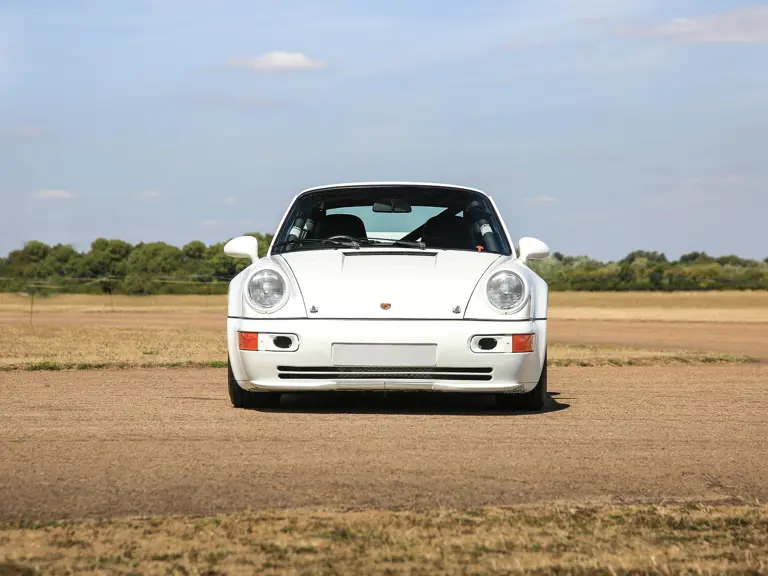
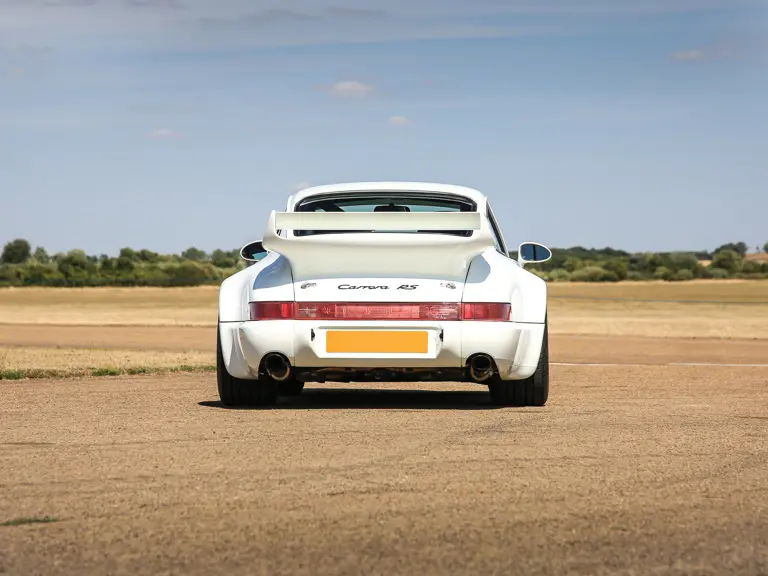

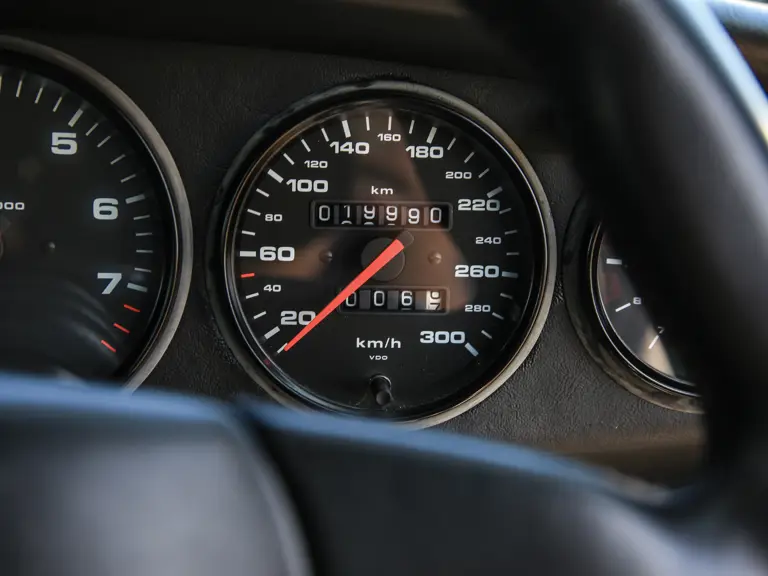
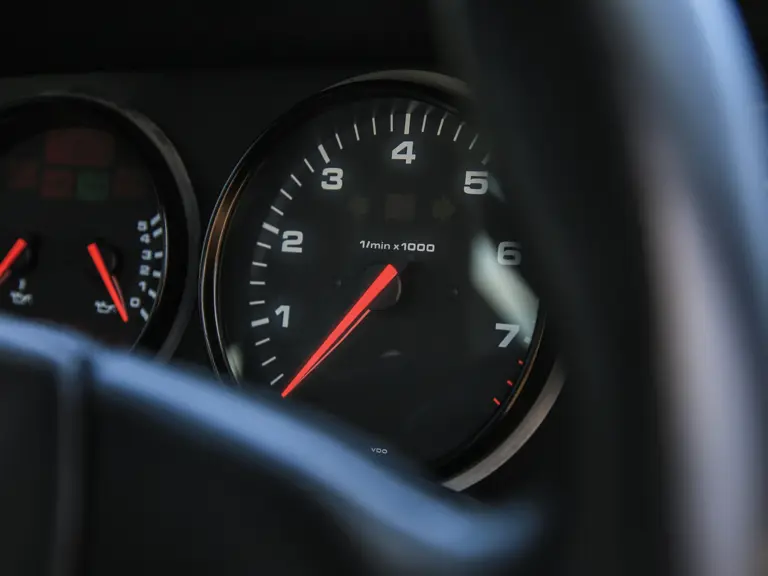
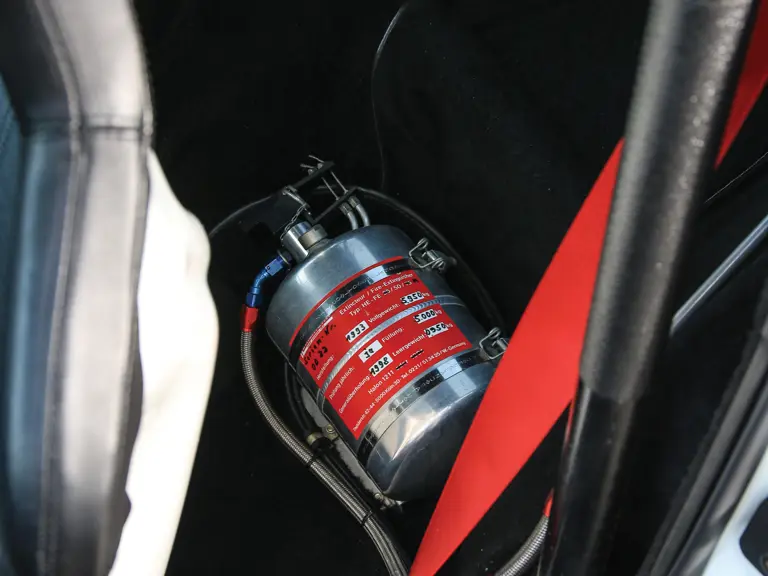
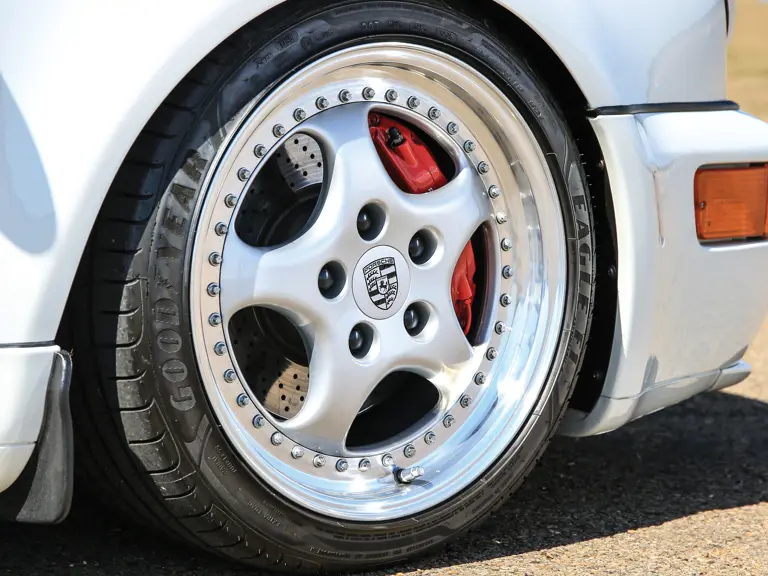

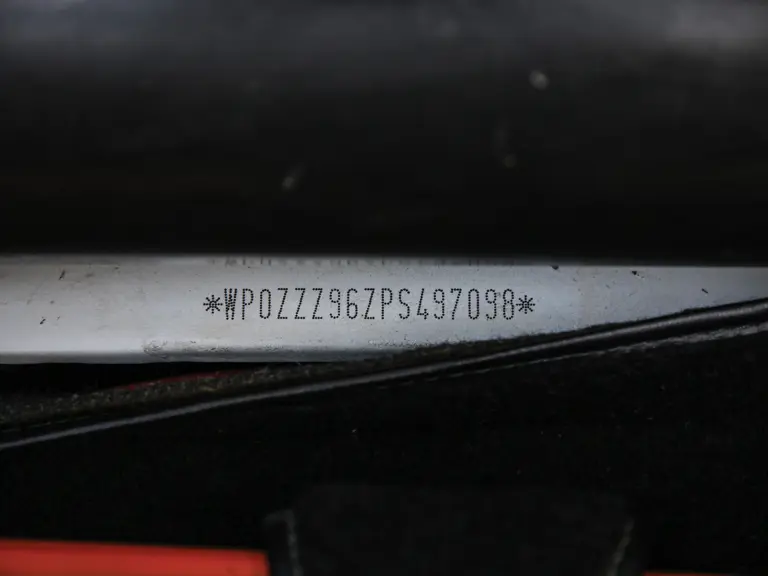
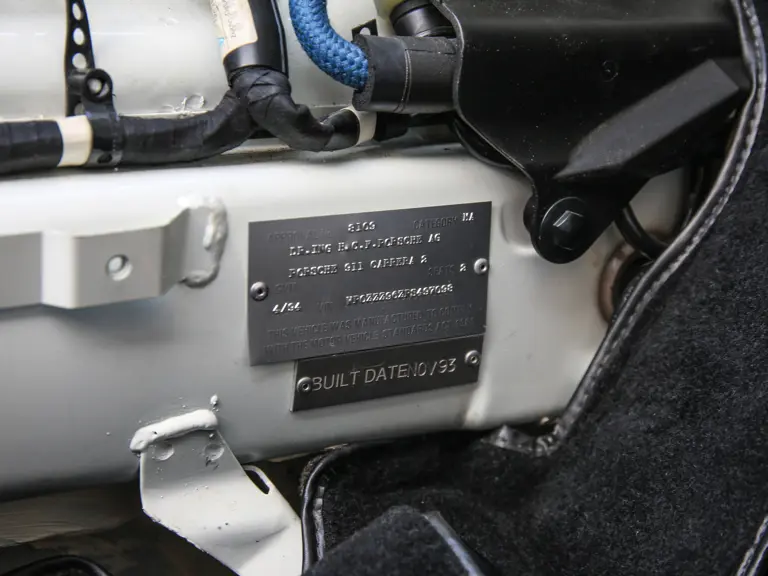

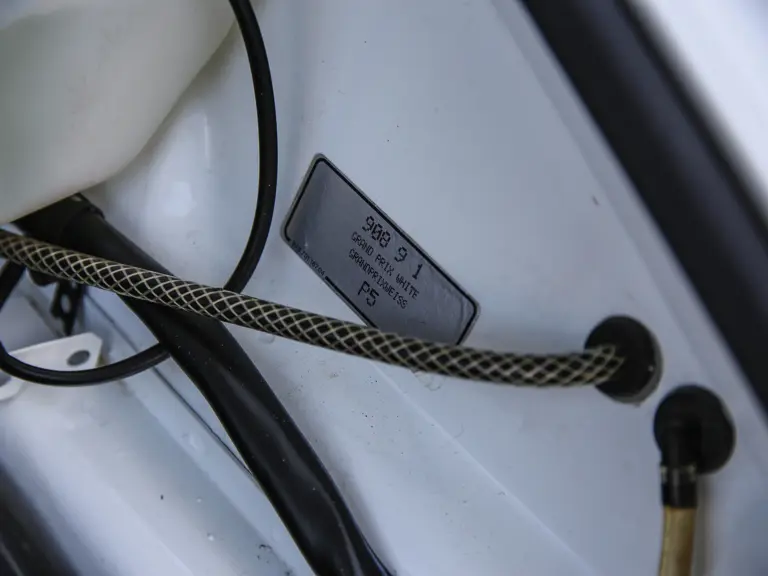
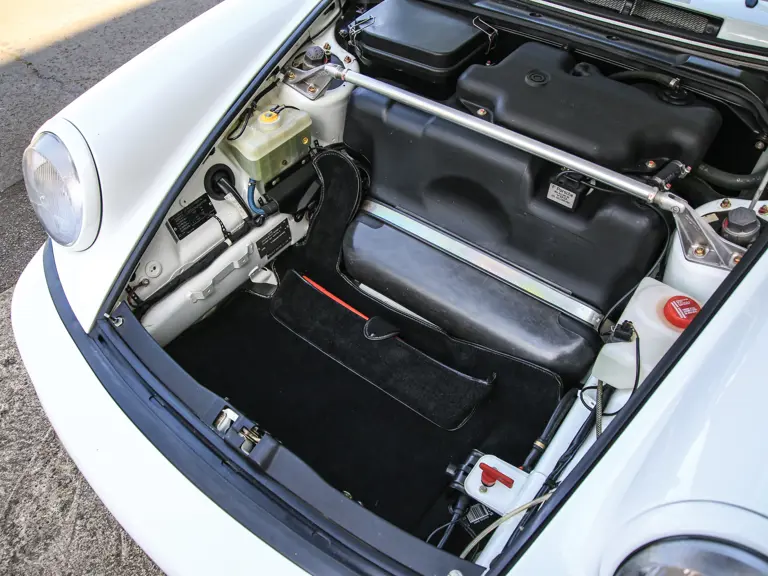
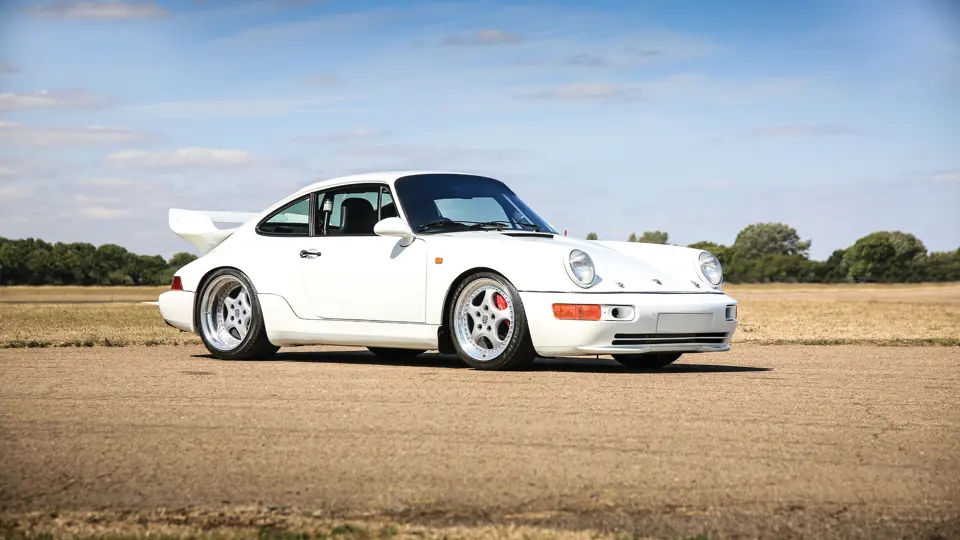
 | London, United Kingdom
| London, United Kingdom
